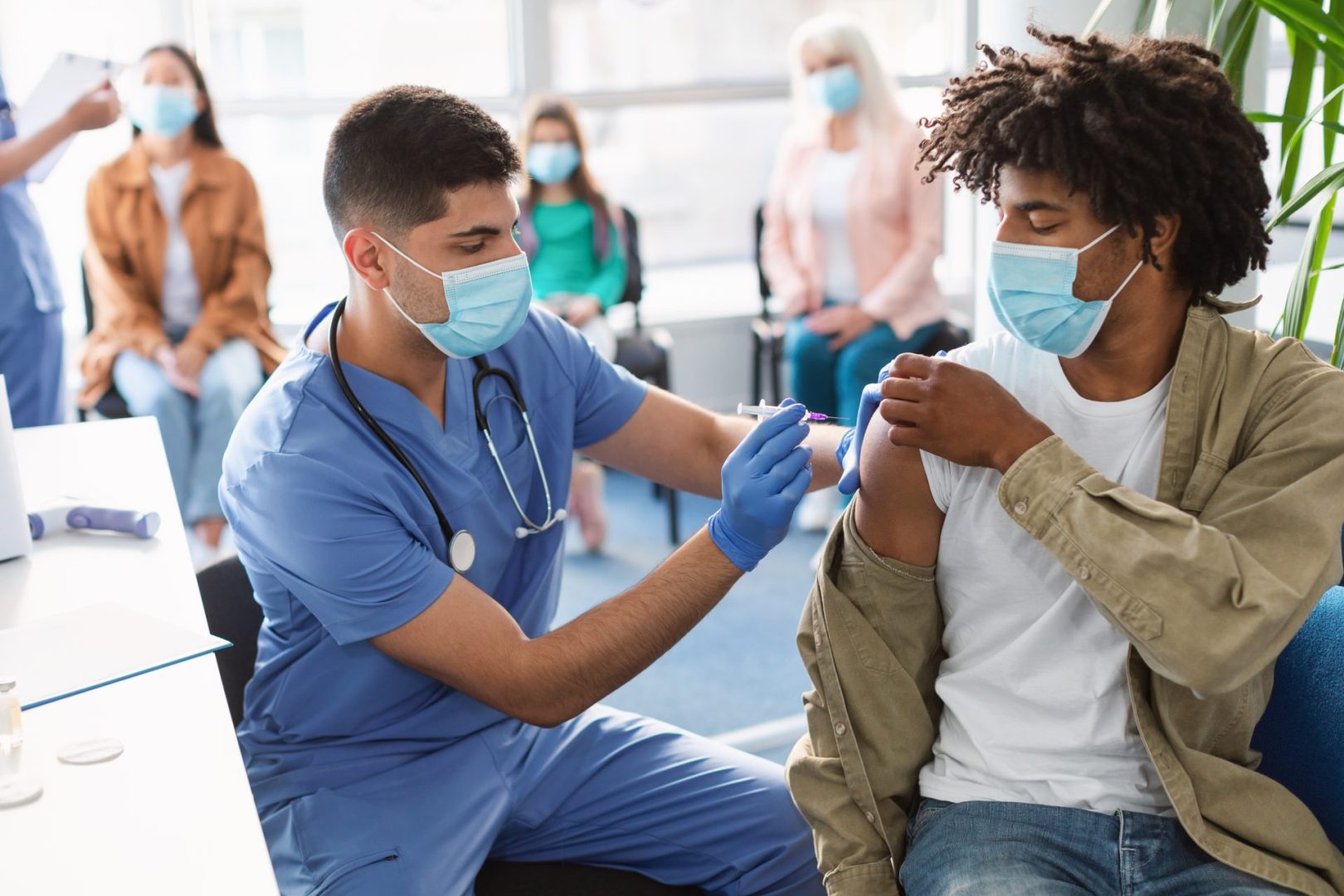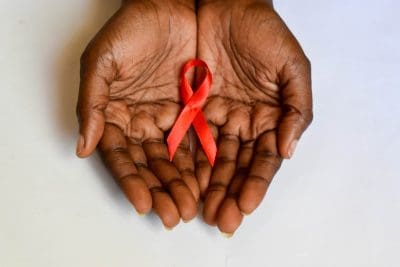Inside the world of clinical trials and what participants really experience during groundbreaking medical research
Every medical breakthrough that has improved human health, from life-saving cancer treatments to simple pain relievers, began with ordinary people volunteering to test unproven therapies. These brave individuals stepped into the unknown, allowing scientists to gather the data needed to transform experimental ideas into proven treatments that benefit millions of people worldwide.
Clinical trials represent the bridge between laboratory discoveries and real-world medical care. Without volunteers willing to participate in these carefully controlled studies, medical progress would grind to a halt, leaving countless patients without access to potentially life-changing treatments.
The decision to join a clinical trial is deeply personal and often comes during some of the most challenging moments in people’s lives. Whether motivated by hope for personal healing, desire to help others, or access to cutting-edge treatments, participants enter a world that operates differently from standard medical care.
Understanding what actually happens during clinical trial participation can help demystify this process and empower people to make informed decisions about whether this path aligns with their health goals and personal values.
The reality of clinical trial participation involves a complex blend of hope and uncertainty, rigorous procedures and compassionate care, potential benefits and genuine risks that every prospective participant should understand before making this significant commitment.
The journey begins with careful screening
Before anyone can participate in a clinical trial, they must undergo extensive screening to determine whether they meet the specific criteria needed for the study. This process is far more comprehensive than typical medical appointments and can take weeks or even months to complete.
The screening phase involves detailed medical histories, physical examinations, blood tests, imaging studies, and psychological evaluations designed to ensure participant safety and study validity. Every aspect of your health becomes relevant, from current medications to past surgeries to family medical history.
Many people discover during screening that they don’t qualify for trials they initially seemed perfect for. The criteria can be surprisingly specific, excluding people with certain medical conditions, medications, or even demographic characteristics that might interfere with study results.
The screening process also serves as an education period where potential participants learn exactly what the study involves. This includes detailed discussions about the experimental treatment, known side effects, time commitments, and lifestyle restrictions that participation might require.
Some people find the screening process emotionally challenging, particularly when dealing with serious illnesses. The hope of accessing experimental treatments can make rejection from trials particularly devastating, while acceptance can bring both relief and anxiety about the unknown journey ahead.
The thoroughness of screening reflects the serious nature of clinical trials. These studies must balance the need for scientific rigor with participant safety, creating selection processes that can feel impersonal but serve crucial protective functions.
1. Early phase trials test basic safety in healthy volunteers
The earliest human testing of new treatments typically occurs in healthy volunteers who have no medical conditions but are willing to help determine whether experimental therapies are safe enough to test in sick patients. This phase represents the first time any new treatment transitions from laboratory animals to human beings.
Participants in these early trials usually spend several days in specialized research facilities under constant medical monitoring. Every aspect of their body’s response to the experimental treatment is measured and recorded, from blood pressure changes to sleep patterns to mood fluctuations.
The experience can be simultaneously boring and anxiety-provoking. Days are filled with blood draws, medical tests, and careful observation, while volunteers wonder whether they might experience unexpected side effects from treatments that have never been given to humans before.
Compensation for these early trials is typically higher than later phases because of the unknown risks involved. However, the money rarely motivates people entirely, as the commitment involves significant time away from work and family plus genuine physical risk for the benefit of medical science.
The controlled environment of early trials means participants have limited freedom during the study period. Meals, activities, and even sleep schedules may be regulated to ensure that any effects observed can be attributed to the experimental treatment rather than lifestyle factors.
Many participants in early trials describe feeling like pioneers in medical research, contributing to discoveries that could help countless future patients even though they receive no direct medical benefit themselves.
2. Second phase trials focus on effectiveness in patients
Once basic safety is established, trials move to testing whether experimental treatments actually work in people who have the conditions they’re designed to treat. This phase brings together hope and science in particularly intense ways for participants facing serious medical challenges.
Participants in effectiveness trials often have exhausted standard treatment options or have conditions for which no good treatments exist. The experimental therapy represents genuine hope for improvement, making the emotional stakes much higher than in earlier safety studies.
The experience involves regular medical appointments, extensive testing, and careful monitoring of both the condition being treated and potential side effects. Participants often develop close relationships with research staff who track their progress over months or years.
Many people describe feeling like they’re receiving more comprehensive medical care during trials than in standard treatment settings. The intensive monitoring and frequent contact with medical professionals can provide reassurance and support during difficult health journeys.
However, the uncertainty about whether the experimental treatment is actually helping can be emotionally challenging. Participants may experience improvements or deterioration without knowing whether these changes relate to the treatment or natural disease progression.
Some trials use placebo controls, meaning participants might receive inactive treatments instead of the experimental therapy. This possibility adds another layer of uncertainty to an already stressful experience, though it’s essential for determining whether treatments truly work.
3. Large-scale trials compare new treatments to standard care
The most definitive clinical trials involve thousands of participants across multiple locations, comparing experimental treatments directly to the best currently available therapies. These massive studies provide the evidence needed for treatment approval but create unique experiences for participants.
Participants in large trials often feel like small parts of enormous scientific enterprises. While this can feel impersonal, many people appreciate knowing that their individual experience contributes to data that could change medical practice worldwide.
The logistics of large trials can be complex, involving coordination between multiple hospitals, research centers, and medical teams. Participants may need to travel significant distances for appointments or receive care from specialists they’ve never met before.
Communication in large trials can sometimes feel fragmented, as different team members handle various aspects of care and data collection. Participants may need to be proactive in seeking information about their progress or understanding study results.
The extended duration of large trials means participants often experience significant life changes during the study period. Relationships with research staff can become important sources of support, while the structured nature of trial participation provides stability during uncertain health situations.
Results from large trials may not be available for years after participation ends, leaving people wondering whether their individual sacrifices contributed to treatments that ultimately proved beneficial.
4. Long-term monitoring continues after treatment approval
Even after experimental treatments receive approval for general use, clinical trials continue to monitor long-term effects and gather additional safety information. Participants in these post-approval studies often have unique perspectives on treatments that are just becoming available to the broader public.
Long-term monitoring can continue for decades, creating ongoing relationships between participants and research teams that extend far beyond the original treatment period. These extended connections can provide valuable support and medical oversight for people dealing with chronic conditions.
The focus shifts from testing effectiveness to understanding rare side effects, optimal dosing strategies, and how treatments perform in real-world settings outside controlled study conditions. This information helps refine treatment protocols and identify patients who benefit most.
Participants in long-term monitoring often become advocates for clinical trial participation, sharing their experiences with others considering experimental treatments. Their firsthand knowledge helps bridge the gap between scientific research and patient decision-making.
The data collected during long-term monitoring influences medical guidelines and treatment recommendations for years to come. Participants know that their ongoing cooperation continues contributing to medical knowledge that benefits future patients with similar conditions.
Some people find the extended relationship with research teams comforting, providing ongoing medical oversight and support that supplements their regular healthcare. Others prefer to move on from their trial experience once the active treatment phase concludes.
The emotional rollercoaster of trial participation
Clinical trial participation involves intense emotional experiences that go far beyond the physical aspects of experimental treatments. The psychology of volunteering for unproven therapies creates unique challenges that participants must navigate alongside their medical conditions.
Hope and fear intertwine throughout the trial experience. The possibility of accessing breakthrough treatments generates optimism, while uncertainty about effectiveness and safety creates ongoing anxiety. These conflicting emotions can be exhausting to manage over extended periods.
The relationship with uncertainty becomes central to the trial experience. Unlike standard medical care where treatments have known success rates and side effect profiles, trial participants must accept that fundamental questions about their treatment remain unanswered.
Social relationships can be affected by trial participation. Family and friends may not understand the decision to try experimental treatments, creating tensions or requiring extensive explanations about the choice to participate in research.
The identity of being a clinical trial participant can become significant for some people. The sense of contributing to medical progress and potentially helping future patients provides meaning that transcends personal health concerns.
Disappointment is common when trials end without clear personal benefit or when experimental treatments prove ineffective. Processing these experiences requires emotional resilience and often professional support to maintain perspective and hope.
Practical realities of trial participation
Beyond the medical and emotional aspects, clinical trials involve numerous practical considerations that affect daily life in ways participants don’t always anticipate. Understanding these realities helps people prepare for the full scope of trial participation.
Time commitments for trials often exceed initial expectations. Frequent medical appointments, travel to research centers, and time for procedures can significantly impact work schedules and family responsibilities. The unpredictability of trial requirements can make long-term planning challenging.
Financial implications vary widely between trials. Some studies provide compensation for time and travel, while others may involve significant out-of-pocket expenses. Insurance coverage for trial-related care can be complex, requiring careful review of benefits and potential costs.
Geographic limitations may require relocation or extensive travel for trial participation. Some experimental treatments are only available at specialized research centers, creating logistical challenges for people living in remote areas or those with limited resources for travel.
Lifestyle restrictions during trials can affect diet, exercise, travel, and other activities. These limitations aim to ensure participant safety and data quality but can feel constraining, particularly during long-term studies.
Documentation requirements for trials are extensive, involving detailed record-keeping about symptoms, medications, side effects, and daily activities. This paperwork becomes part of the participant’s routine but can feel burdensome over time.
The transition back to standard care after trial completion can be jarring. The intensive monitoring and support provided during trials often exceeds what’s available in routine medical practice, leaving some participants feeling less supported when studies end.
Making informed decisions about trial participation
The decision to join a clinical trial should be made with comprehensive understanding of what participation involves and realistic expectations about potential outcomes. This decision-making process requires careful consideration of personal circumstances, health goals, and tolerance for uncertainty.
Understanding the specific phase and purpose of each trial helps set appropriate expectations. Early-phase safety trials offer different risks and benefits compared to large-scale effectiveness studies, and these differences should influence participation decisions.
Personal health status and treatment options significantly impact the risk-benefit calculation for trial participation. People with limited standard treatment options may reasonably accept higher risks than those with effective conventional therapies available.
Support systems play crucial roles in successful trial participation. Family understanding, employer flexibility, and access to emotional support can make the difference between positive and negative trial experiences.
Quality of life considerations during trial participation deserve careful thought. The potential benefits of experimental treatments must be weighed against the impact of intensive monitoring, travel requirements, and lifestyle restrictions on daily life satisfaction.
Long-term implications of trial participation should be considered, including ongoing monitoring requirements, potential late-emerging side effects, and the psychological impact of being among the first to receive new treatments.
The decision to participate in clinical trials represents a unique intersection of personal health needs and contribution to medical progress. Understanding what this journey actually involves empowers people to make choices that align with their values, circumstances, and hopes for the future while contributing to the advancement of medical knowledge that benefits all of humanity.















